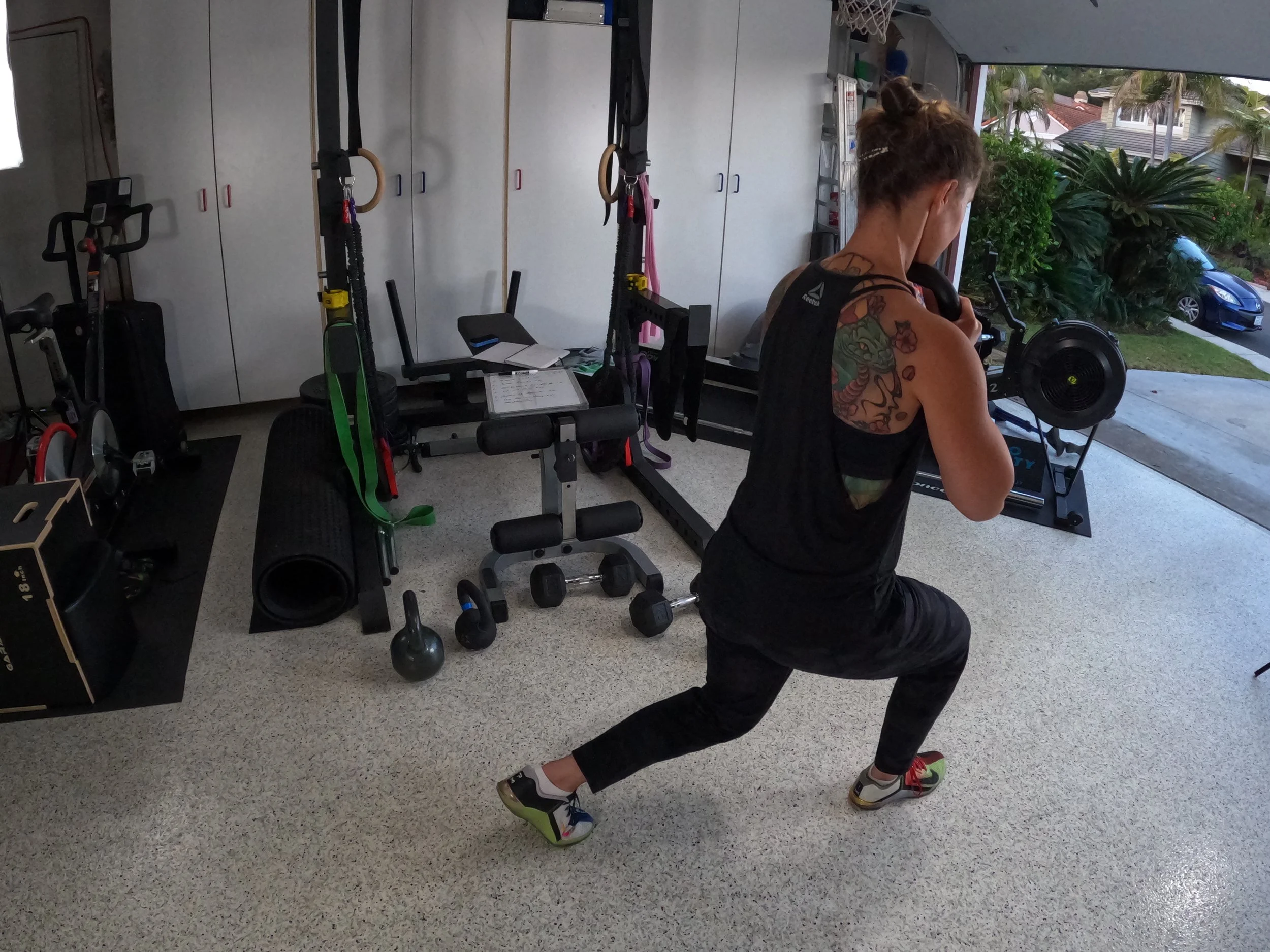
Complex Pain Progressions (CPP)
Frustrated or unsure about how in the world to exercise with complex chronic pain? End up with intolerable blowback, worsening pain, energy crashes, and flares every time you work out that just makes you want to give up? I get it, I’ve been there, and I can help.
I created the Complex Pain Progressions (CPP) program because too many of us feel like flares are inevitable with movement and it always leads to more pain, leaving us feeling like exercise is impossible and that losing those parts of ourselves is just an unavoidable part of our disease…
But it does not have to be that way. There are so many things we actually can impact as patients, we just have to know HOW - so we can do more over time with less blowback. There is a way to exercise smarter so it actually improves the challenges chronic pain creates, and this program will teach you how.
Movement is imperative to restore and maintain function, desensitize, down-regulate your nervous system and off-set atrophy, bone disease, compensation patterns and a host of other health and emotional issues that being sedentary doesn’t help. We know this, yet complex pain patients are rarely given the tools and support to actually have successful experiences with movement so they can gain confidence, improve symptoms, and address the underlying cracks in our foundation from a movement pattern perspective.
There are unacceptable gaps between need, knowledge and access when it comes to movement and fitness. We as chronic pain patients too often feel that we don’t belong in this space, a PT doesn’t get it, and a typical trainer or coach definitely doesn’t. I built RWC to change that narrative. We can and do belong. There is a method to the madness with using movement to further desensitize our pain response with complex pathologies. With proper programming principles and unique neuro based techniques, we can successfully build underlying stability and progress strength and aerobic exercise in a way that actually decreases pain over time.
You can change the way you feel during and recover from exercise despite complex pain. But neuroplasticity and improved motor control doesn’t happen from just doing more reps or weight.
I will teach you the key dial movers and exact principles I use with my 1:1 clients around how to improve exercise intolerance and improve sensory input. You’ll learn how to progress and pace exercise, adjust volume, better understand the types of movements you should include or avoid, and assess a number of other considerations with your nervous system and context that affect recovery, capacity, and program design.
WELCOME TO COMPLEX PAIN PROGRESSIONS (CPP).
Join the movement below!
“Movement is for every body. Period.”
— Justine Feitelson
What does the Movement portion of the MARSMethod include?

When I was dealing with Complex Regional Pain Syndrome and trying to save the function of my leg earlier in the disease course, I couldn’t find anyone who really understood what I was dealing with and could help from a movement perspective... So I set out to change that.
Representation matters. Exercise with chronic pain, let alone more complex forms of it, can seem impossible. It sure did for me. It took years of trial and error, mistakes, personal experience, and education around movement to create what became the MARSMethod and this group program on exercise for complex pain patients.
I am incredibly proud of the impact I've made and work I've done with patients, but my work 1:1 through mentorships, individualized programming and private sessions, is still not accessible enough for many of us. Enter, Complex Pain Progressions. A way to get everything I teach my 1:1 folks, without working with me 1:1.

Frequently Asked Questions
-
To be able to workout with less pain and blowback; understand movement and fitness concepts around stability, fitness and aerobic exercise; how to make them more manageable with other stressors and challenges; and manage the rest of your life to support it more sustainably.
-
The program is 8 weeks with one additional implementation week.
-
No worries! Of course I’d love to have you Live, but all calls will be recorded and sent out after via email with lifetime access.
-
They'll be up to two hours, with me teaching on that weeks subject and then it being open for downloads, questions, thoughts and discussion around what we're trying to implement. Even though it's a group program, you're getting individual application of the material to your unique situation while also being able to learn from others too.
-
Nope! I want you to just show up as you are, however you feel comfortable/safe. This will be a very welcoming, supportive space, but the most important thing is you’re just exposed to the information in whatever way feels good for you and your learning style. Totally fine to turn your camera off.
-
Unpredictable symptoms, busy schedules and competing priorities are definitely a reality for us. That’s why I structured the program the way I did. Just 2 hours a week as far as call time and that’s recorded. If you can’t make it, you can watch it anytime that works for you. Ironically, the changes you make will quickly begin to give you more capacity and momentum than you came into this program with.
-
You have lifetime access to the live recordings and resources.
-
Changes from movement take time to establish and vary from person to person when it comes to atrophy, body composition, mobility etc of course. But you will quickly start to be able to move more with less blowback, and then build on that as your capacity and tolerance increase. You will start to shift things in the few weeks, and by the end of the 8 weeks, navigate your approach to movement completely differently than at the start of the program, with unique, individualized sensory cues that change the way you can activate parts of your body. With continued practice and implementation of these strategies, you can expect to see even more significant improvements compound over time.

